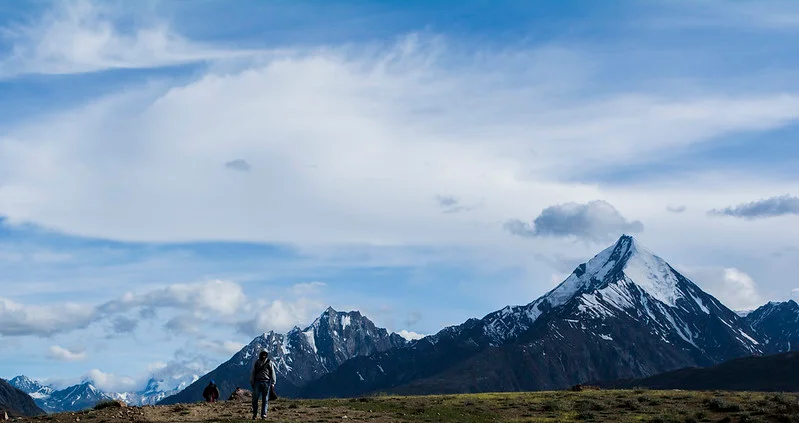Lahual and Spiti – Chandratal, Keylong, Rohtang
Pass
Famously defined by Rudyard Kipling as “a world inside a world”, the Lahaul & Spiti District in
Himachal is encircled by beautiful Himalayan highlands. It has fascinating cold desolate areas of
emptiness, pure babbling rivers, stunning alpine lakes, and rich Buddhist culture and history.
Inarguably one of the greatest destinations in Himachal Pradesh, Lahaul & Spiti is competent to
transfer one to another universe where everything appears and feels fantastic.
1. Kunzum Pass
This spectacular gateway, which is the entrance to both Lahaul and Spiti valleys, is quite well
known among those passionate about motorcycling. The Kunzum Pass, also known as Kunzum
La, is one of India’s highest motorable mountain passes and can be found in Himachal Pradesh,
which lies in the northern part of the country. It stands at the height of 4551 metres above sea
level. This location attracts many motorcyclists looking for the most exhilarating ride possible via
the breathtaking entrance to Kunzum Pass. There is also a temple dedicated to the goddess
Kunjum, Durga or Parvati. This temple stands vigil over the pass and wards off any evil force
that may be there.
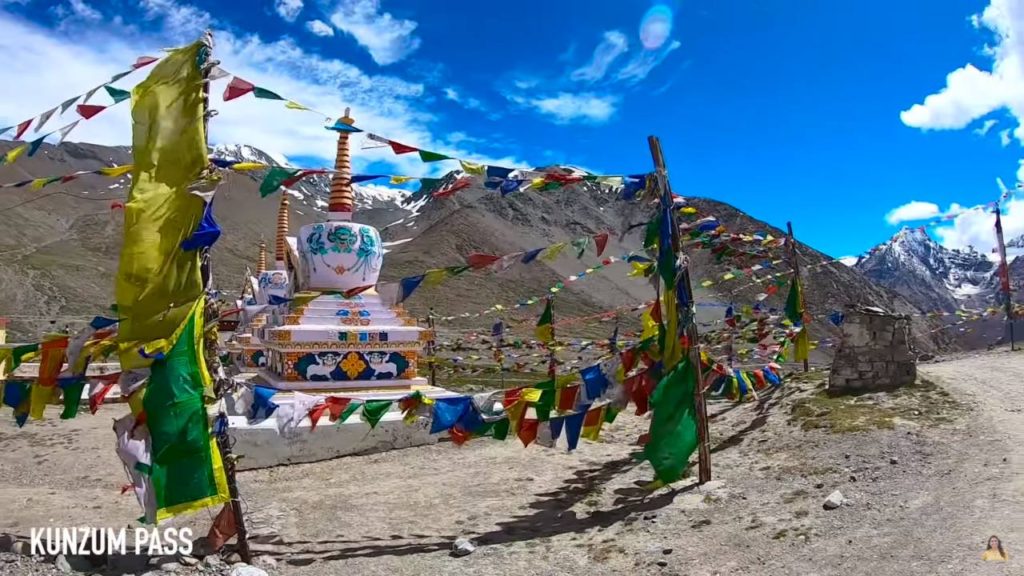
Highlights:
● Visitors often make a round of this temple to seek the blessings of the goddess Durga
before continuing to Chandratal Lake, which is located approximately 7 kilometres away
from Kunzum Pass.
● People take a break here along this trip because it is so stunningly gorgeous that they
want to engage in photography and watch the majestic Bara-Sigri Glacier, the second
biggest glacier in the world.
● While bicycling, one may take in views of the magnificent Chandra Bhaga mountains,
which are characterised by snow-capped peaks and enormous glaciers and the Spiti
valley, which is characterised by landscapes similar to that of a desert.
● There are no tourist amenities accessible at this location; nevertheless, travellers may
go to the closest settlement, called “Losar,” which is just 16 kilometres away from
Kunzum Pass, to look for lodging or dine at one of the local restaurants.
2. Chandratal
As a crescent-shaped basin encircled by the Himalayan Mountains, Chandertal Lake is the
Moon Lake. Located in Himachal Pradesh’s Spiti district, the lake is 14,100 feet above sea level.
Traders and travellers from Tibet and Ladakh used to stop at the lake to relax.
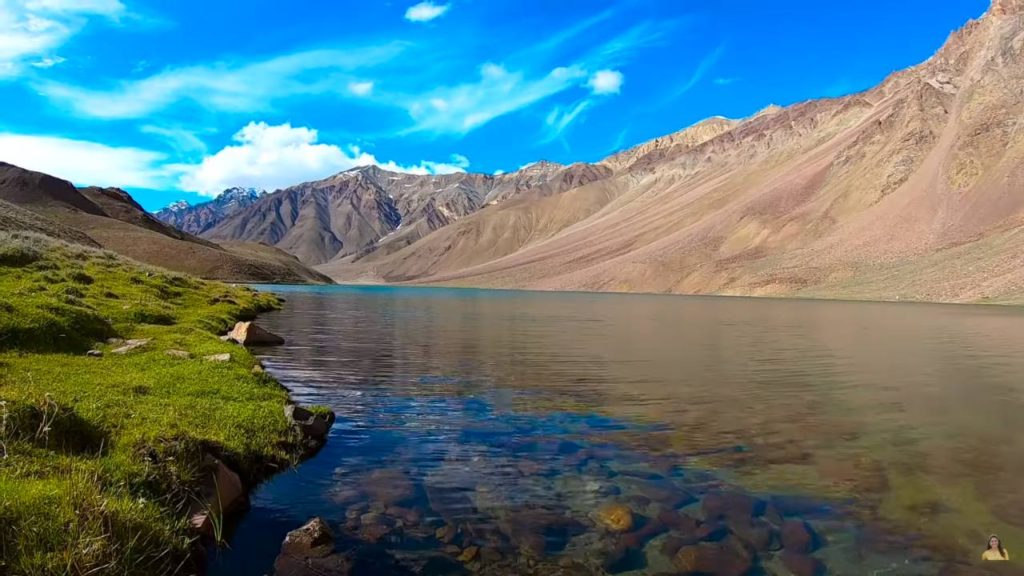
There is no way to get to Chandertal Lake except during the summer months of June through
September when it is frozen over. When one sees how the lake’s huge changes with the sky,
they will be astounded. The Chandra Baga mountain range encircles the glistening lake.
According to the tales, Lord Indra is said to have taken Yudhishtra in his chariot from this
location to Swarga. According to folklore, the lake is often frequented by fairies at night.
Chandertal Lake, the beginning point of the Batal – Chandratal Lake-Baralacha Pass walk (the
moon trek), is a pleasure for all trekkers and adventurers. It brings them to the cool forest,
valleys, hidden monasteries, etc. Without a doubt, Himachal Pradesh’s Chandertal Lake is one
of the state’s most renowned and least explored lakes. Massive mountains surround the lake,
which blooms with wildflowers in the winter.
3. Khoksar Village
Khoksar is the gateway to Lahaul and the first settlement. The Chandra River flows through the
settlement at the height of 3140 m. The left bank is inhabited as well. There is a rest house and
a serai on the left side of the river. During the winter months, Khoksar is blanketed with snow.
Avalanche-prone mountains surround this settlement, which is located in a high-altitude area.
Even along the riverbed, avalanches may be observed piled high. Khoksar is Lahaul’s coldest
inhabited town in the winter.
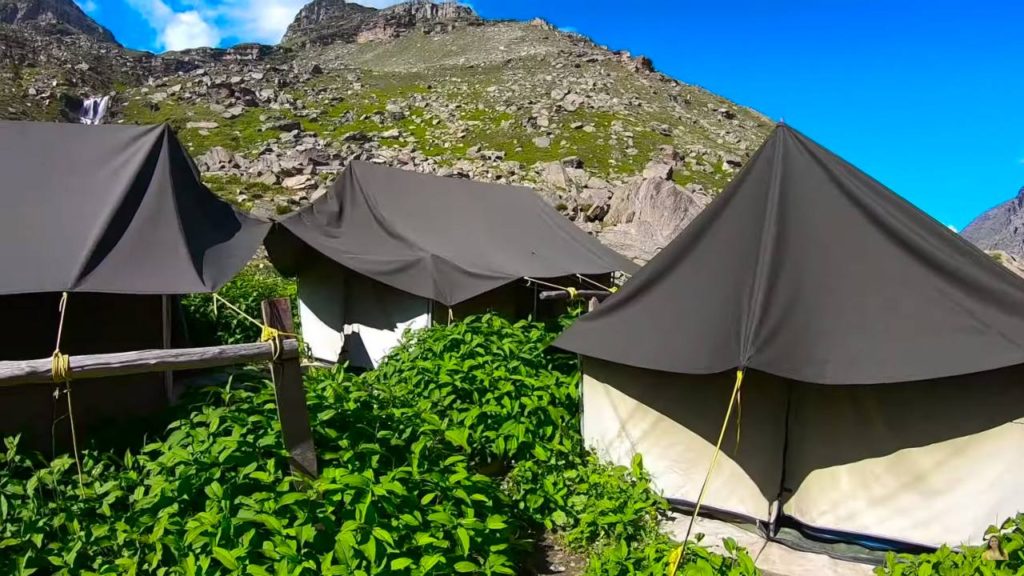
The river freezes during the winter months and is covered with snow, allowing for both human
and mule travel. Khoksar is just five kilometres from Gramphu, where a left turn goes to Kaza on
the way to Manali. During the summer, the visitor is mesmerised by the abundant bloom of
alpine flowers, the beauty of the potato fields, and the various waterways. There are large herds
of goats and sheep grazing in the area. You may find it interesting that Khoksar was on an
ancient trade route from the Indian plains to Western Asia.
4. Udaipur
All surrounding the settlement, there are plenty of kail-blue pine woods. Apples, walnuts,
apricots, and other fruits and nuts may be produced due to their low elevation. The avalanche-
prone nature of this settlement makes it unsuitable as a district headquarters location. In
contrast, Udaipur has the most densely wooded and lush landscape in Lahaul. When Hermann
Goetz visited this region in 1939, he compared its natural beauty to Switzerland’s.
The two distinctive temples here, Trilokinath and Markula Devi draw many visitors and pilgrims.
The Kashmiri-Kannauj style of Lalitaditya of Kashmir may be seen in the Trilokinath Temple
(725-756). Most of the Trilokinath temple dates later, but the column bases in the ancient porch
of the sanctuary are of a unique kind found only during Lalitaditya’s reign. During the reign of
Padma Sambhava, he converted this Shiva temple into a Buddhist shrine.
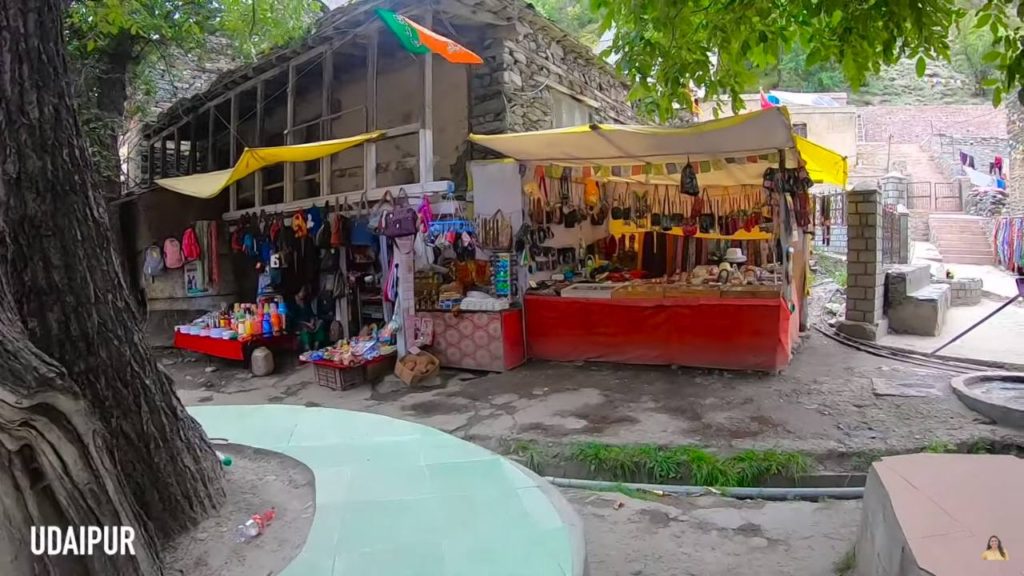
According to Goetz, lamaistic images of Avalokiteshvara-Trilokinath can’t have been around
before the 12th century. The Hindu and Buddhist pilgrims continue to flock to this shrine. Lord
Shiva’s Nandi Bull still stands in the compound’s centre. Drainage holes have also been
uncovered in an area around Shiva’s Sanctorum platform, which may have been put in place
when first constructed.
5. Keylong
During the summer, Keylong’s lush greenery stands out against the surrounding area’s brown
hills and snow-covered peaks. Because of the panoramic placement, he compared it to a brutal
treasure, a rough-cut emerald in bronze and silver setting. It’s impossible to find a greater
analogy for Keylong’s lush green beauty in the summer. With brown hills and snowy peaks
around it, it is an oasis of lush vegetation and willow-planted waterways.
Inns for travellers include the Circuit House, the PWD rest house, Sainik Rest House, the
Tourist Bungalow, and more. There are also a variety of restaurants and food establishments to
satisfy any cravings or preferences.
Within a few kilometres of this settlement are the well-known monasteries of Tayul, Kardang,
and Sha-Shur. It’s also worth going to Sh. Nawang Dorje’s residence to see the local god
Kelang Wazir’s temple.
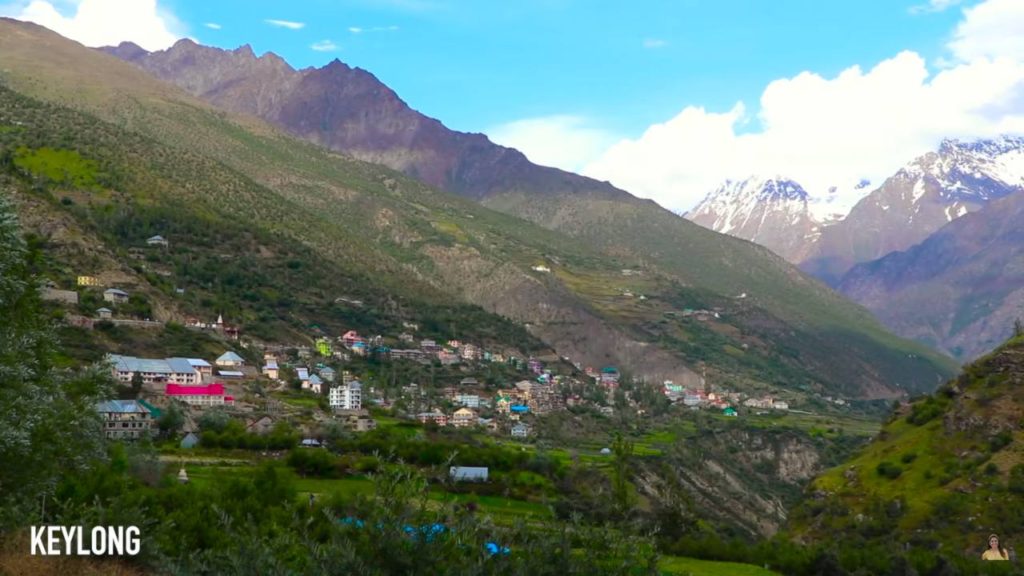
6. Rohtang Pass
The Lahaul valley’s unusual beauty is separated from Kullu by the Rohtang pass (13,350 feet in
elevation). Rohtang means “dead corpses” in Tibetan, and the mountain pass lives up to its
reputation. It has to take a toll on both life and property every year. After 11 a.m., unexpected
blizzards and snowstorms known as Biannas might be predicted. Due to frequent avalanches,
the pass becomes even more dangerous to traverse.
In the summer, the top of the pass is a verdant meadow dotted with wild violets and other
Himalayan and Alpine flowers. The visitor to the Solang nullah is also drawn in by the variety of
butterflies, many of which are unique and colourful. Because of Beas Rishi’s sojourn (the famed
Vyasa Rishi, author of the epic Mahabharata), the location received religious importance.
Sarkund Lake is located to the left of this pass.
Many people visit this lake every year on the 20th of Bhadon (early September) with the belief
and hope that an early morning dip in it would cure them of all their problems. It’s easy to see
the well-delineated Sonapani glacier since it’s almost across the street. Pre-Aryan Himalayan
gods Jamulu and his younger brother Gyephang sit on the twin peaks of Gyephang La to the
left.
Final Words
Lahaul and Spiti, one of Himachal Pradesh’s most sparsely inhabited regions, is recognised for
its abundance of natural resources and proximity to the Himalayas. The destinations listed here
are only a sampling of the many must-see attractions in Himachal Pradesh.
